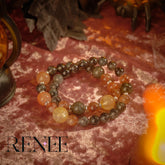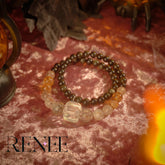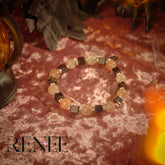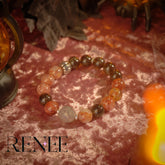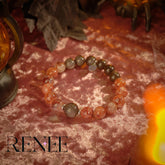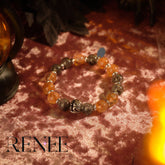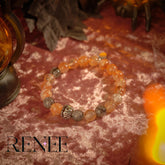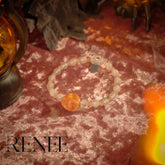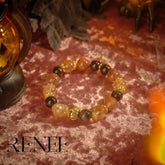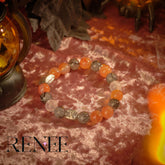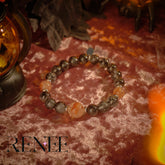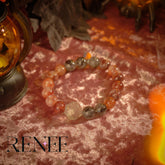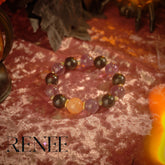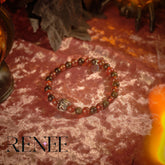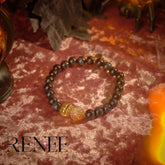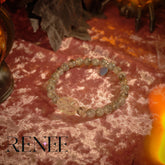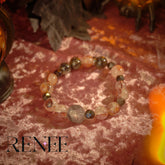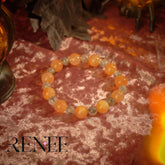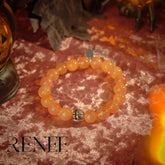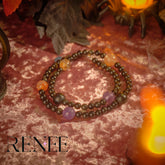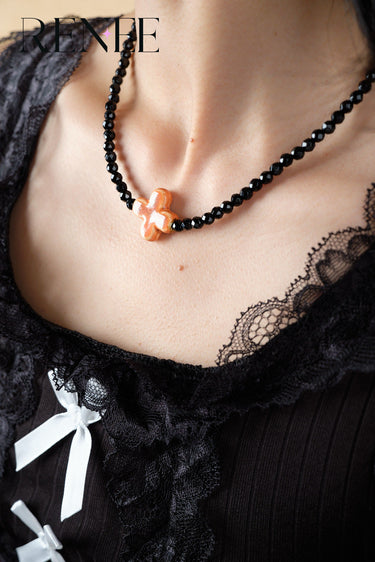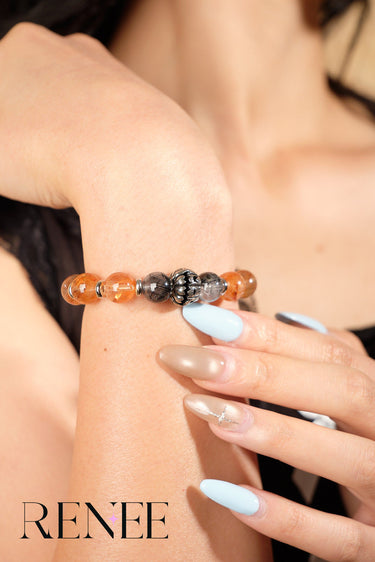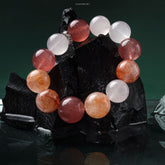About Halloween
Origin
Halloween originated from the ancient Celtic festival of Samhain. The Celts believed that October 31st marked the end of summer and the beginning of winter, marking the time when the living and the world of the dead met. They believed that the souls of the deceased would return to the human world to seek replacements and be reborn. To ward off evil spirits, the Celts extinguished their lights and dressed as ghosts to scare away the spirits.
With the spread of Christianity, the church designated November 1st as All Saints' Day to commemorate all saints. Due to the similarity in dates, Halloween and All Saints' Day gradually merged. In the 19th century, Irish immigrants brought Halloween customs to North America, where they gradually lost their religious overtones and evolved into a traditional holiday focused on joyful celebration.
Customs
- 1. Jack-o'-lanterns: Originating from Irish legend, people originally carved lanterns from turnips, but later used pumpkins in the United States. Legend has it that jack-o'-lanterns can ward off evil spirits and guide the souls of the dead on their way home.
- 2. Trick or Treat: Children dress up as ghosts and go door to door asking for candy, threatening to play tricks on those who refuse. This custom originates from ancient Celtic harvest festivals and the Christian tradition of begging for "soul cakes."
- 3. Dressing Up as Ghosts: People dress up as demons and monsters to scare away ghosts or to join in the festive spirit. This tradition dates back to Celtic practices of exorcism.
- 4. Apple Bouncing: An apple is floated in water, and participants bite it without using their hands. The first person to bite the apple wins. This game originates from the Roman apple festival.
- 5. Holiday Celebrations: In countries like the United Kingdom and the United States, large parades, processions, and themed parties are held, such as the New York City Halloween Parade.










































































































